Ever felt like your stomach has a mind of its own?
IBS can make everyday life feel like you’re navigating a minefield – never knowing when your next bathroom emergency might strike.
And the worst part? Finding your trigger foods can feel like solving a murder mystery where the suspects keep changing.
That’s where meal tracking comes in. It’s not just for fitness influencers – it might be the key to finally understanding your unpredictable gut.
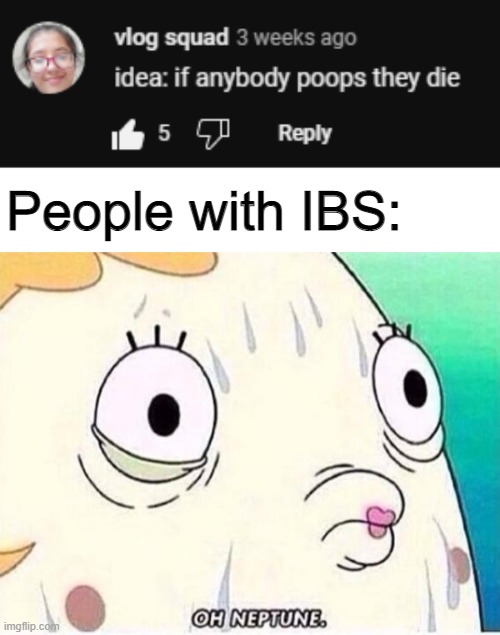
Why Track Your Meals When You Have IBS
Let’s be real – IBS is a pain in the well, you know where. And while there’s no magic bullet, knowing what sends your gut into chaos mode is half the battle.
Here’s what meal tracking can do for your angry intestines:
Find Your Food Villains
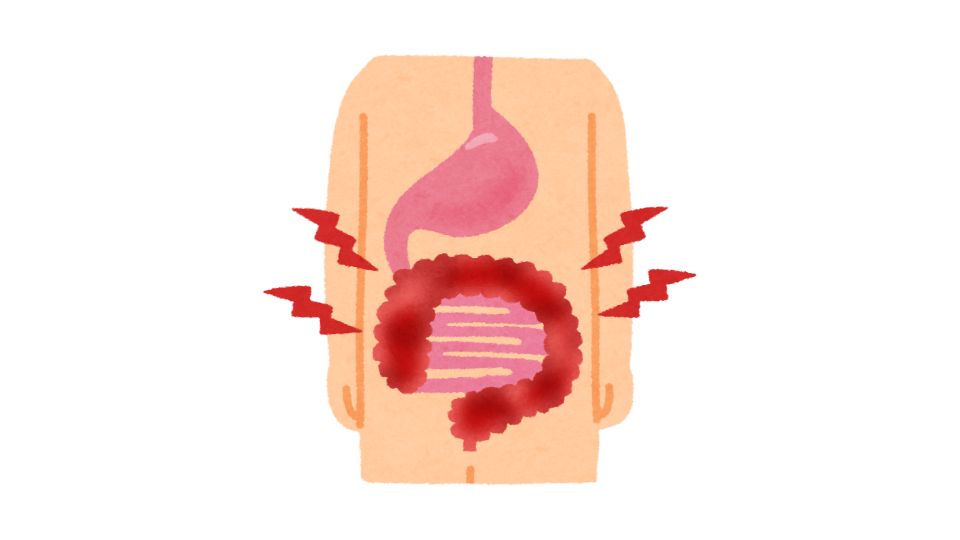
One day you’re fine eating a sandwich, the next day the same sandwich has you doubled over in pain. What gives?
The tricky thing about IBS is that symptoms can show up hours or even days after eating a trigger food. Unless you’re meticulously tracking what goes into your mouth, connecting those dots is nearly impossible.
As researchers from Monash University point out, systematic tracking is the most reliable way to identify your personal triggers.
See The Whole Picture
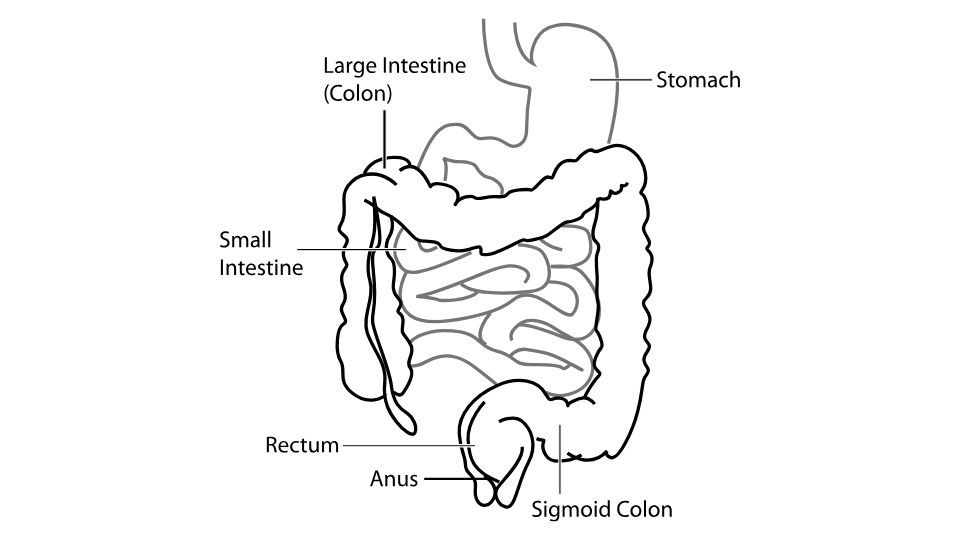
Food isn’t the only thing affecting your gut. Stress, sleep, exercise, and other lifestyle factors all play a role in IBS symptoms.
When you’re tracking comprehensively, you might notice patterns like:
- Symptoms flare during high-stress work weeks
- Better digestion on days you exercise
- Worse symptoms after poor sleep
This bigger-picture view can be a game-changer for managing your condition.
Weight Management Bonus
If you’re trying to maintain or lose weight while dealing with IBS (because life wasn’t complicated enough already), meal tracking helps you spot unhealthy patterns and make better choices.
Best Tracking Tools For Your Troublesome Tummy
Not all tracking apps are created equal, especially when it comes to IBS. Here are some standouts:
Dedicated IBS Apps
Cara Care is like having an IBS coach in your pocket. It’s specifically designed for gut issues and offers:
- Low FODMAP diet guidance
- Access to dietitians
- Detailed symptom tracking
The American College of Gastroenterology recommends specialized apps like this for patients with chronic digestive conditions.
Monash FODMAP app is the gold standard if you’re following the low FODMAP diet. Created by the researchers who developed the diet, it has the most accurate food database for FODMAP content.
Simpler Options That Still Work
If those specialized apps seem overwhelming, you’ve got options:
Regular food journal apps can work just fine. The key is consistency and detail.
Text-based tracking services let you send a quick text about what you ate rather than opening an app and searching through databases. Super convenient when you’re busy (or in the bathroom again).
Harvard Health notes that the tracking method matters less than actually doing it consistently.
How To Actually Track (Without Losing Your Mind)
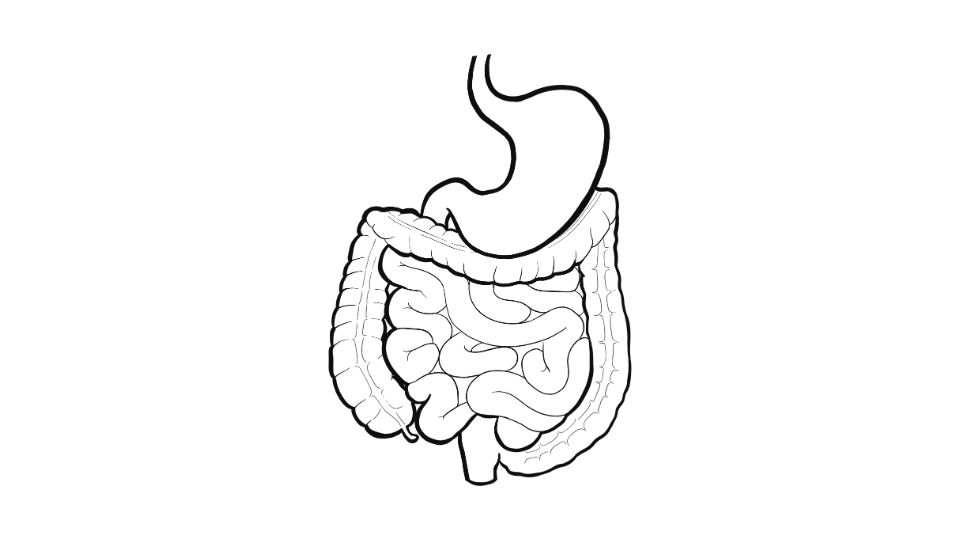
Let’s be honest – tracking every bite can feel tedious. Here’s how to make it sustainable:
The Basics
- Record everything you eat and drink (yes, everything)
- Note symptoms as they occur (type, severity, duration)
- Track lifestyle factors like stress, sleep, and exercise
- Review regularly to spot patterns
Make It Easier On Yourself
- Take food photos if writing everything down feels like too much
- Use voice notes for quick logging on busy days
- Track immediately after eating (before you forget)
- Focus on detail for suspect foods and be more general with “safe” foods
What To Look For
After a few weeks of tracking, start looking for patterns:
- Do symptoms consistently appear after certain foods?
- Are there combinations of foods that trigger symptoms?
- Do symptoms correlate with stress or poor sleep?
As research in the Journal of Neurogastroenterology and Motility shows, many IBS patients can identify specific trigger foods through careful monitoring.
Advanced Tracking Tips For IBS Detectives
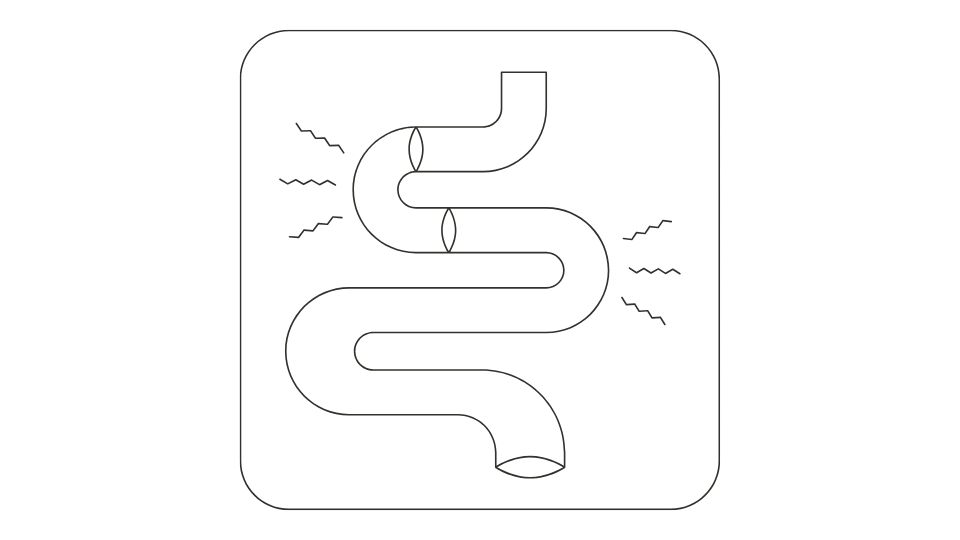
Ready to take your tracking to the next level?
Look Beyond FODMAPs
While FODMAPs get a lot of attention, other food components can trigger IBS:
- Caffeine
- Alcohol
- Fatty foods
- Spicy foods
- Food chemicals (salicylates, amines, glutamates)
Track these specifically if you suspect they’re issues for you.
Track Timing And Portions
Sometimes it’s not just what you eat but:
- How much you eat at once
- How quickly you eat
- What time of day you eat
These factors can significantly impact digestion and symptoms.
Add Context Notes
Include brief notes about:
- Where you were eating
- Who you were with
- Your emotional state
- How hungry you were
These contextual clues can reveal non-food triggers.
The Bottom Line
Meal tracking isn’t just about finding foods to eliminate – it’s about understanding your unique body and taking control of your IBS.
The goal isn’t a perfect, symptom-free existence (though wouldn’t that be nice?). It’s about making informed choices that reduce the frequency and severity of flare-ups.
Start simple, be consistent, and give it time. Your future, less-bloated self will thank you.
And remember – while tracking is powerful, it’s just one tool in your IBS management toolkit. Working with healthcare providers, stress management, and regular exercise all play important roles too.
Your gut might be sensitive, but with the right tracking approach, you can outsmart it.



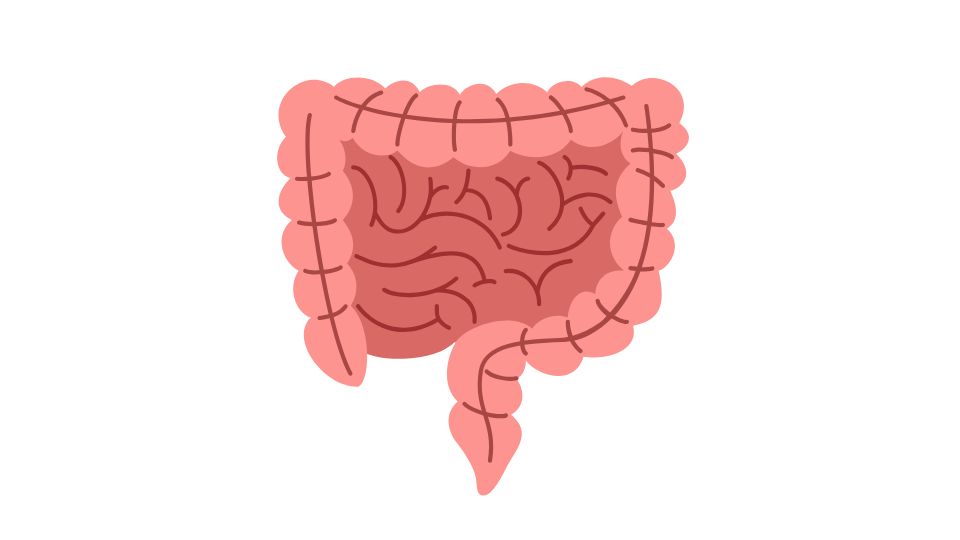
Leave a Reply